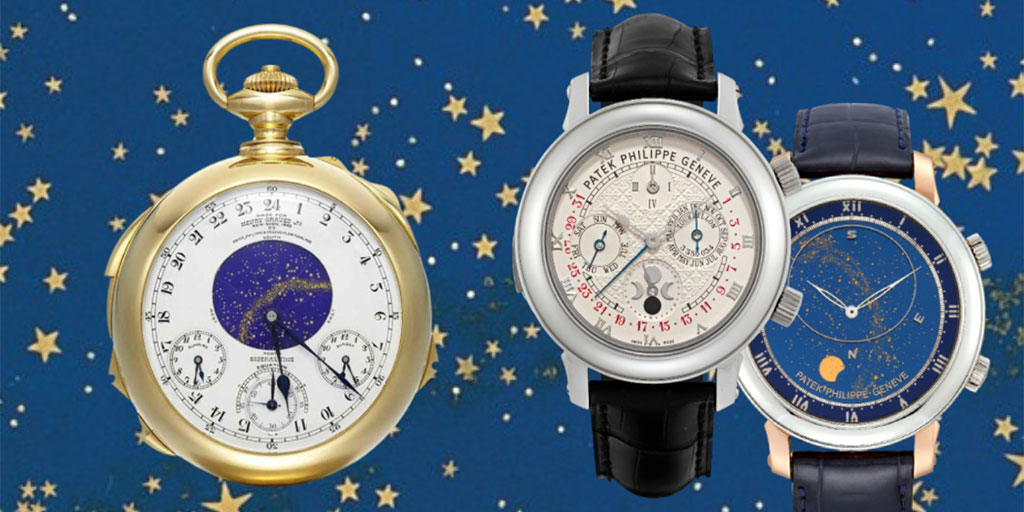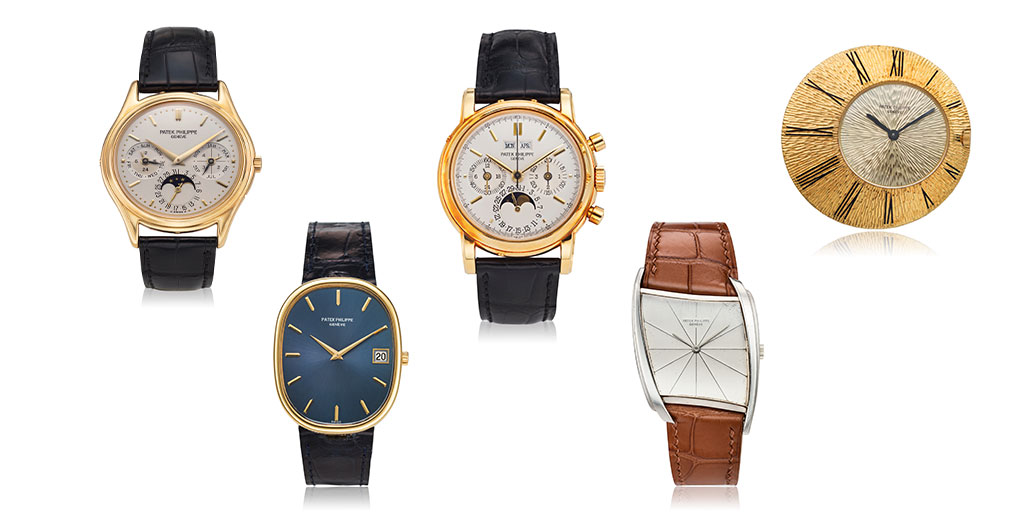Reflecting on my time at Patek Philippe is a heart-warming exercise. I learned all I know about watches and watchmaking from my time with the company. This included learning the mechanics and techniques used throughout the industry as a comparison with how Patek Philippe manufactures its watches. They even showed me what makes this ancient craft and business unique. I was a clean slate. With nothing to unlearn from another manufacture, they built me from the ground up, and I fully embraced the “Patek Philippe way” of doing business and horology in this field. Why? Because they made me a believer.
As a collector, you appreciate a journey – or “hunt,” as John Reardon so aptly refers to it – that’s full of surprises and education. You may have even shared your story with me throughout my nearly ten years of travel with the brand. Now, I am delighted to share a little of what Patek Philippe taught me. I’ve excavated a handful of learnings from my own journey to lay out in this writing. These are lessons that transcend product details and my daily responsibilities. Of course, I began at the same point as everyone else – studying the catalog.
For anyone not familiar, “references” are a series of numbers that indicate the model followed by a dash and another set of numbers indicating the dial type. All products are identified by reference numbers. Until you memorize them, you cannot actively participate in sales meetings or discussions with retailers and clients. I wouldn’t be of any use to the company until I cleared this hurdle. Learning them at your convenience is one thing, but it’s quite another when your job depends on it. Many nights, I fell asleep with numerical combinations floating through my mind – it was overwhelming. And you know what? Studying them, even in my dreams, helped me clear this hurdle quickly.
I was pleased to gain the fluency necessary to address each model but the real education awaiting me was not in the catalog. It’s when I began exploring beneath the dial – inside the references – that my real training began and magic was revealed. It’s where I first made contact with the emotional side of this brand and the company. The catalog was the doorway into the vast hunting ground rich with pearls of information about the heart and soul of Patek Philippe’s tradecraft, forming the backbone with which it thrives. Each one of these lessons allow enthusiasts worldwide to connect deeply with a brand that’s genuinely unlike any other and its people.
“You never actually own a Patek Philippe. You merely look after it for the next generation.” This gem has been tested in recent years, and three decades later, it still resonates. I challenge anyone to read it without smiling – it’s impossible. This, one of the greatest taglines ever, is forged from truth. Where did the shape of it come from? To find out, one must dive head first into the manufacturing philosophy the company has banked its reputation on.
Diving in taught me much about general manufacturing and the “Patek Philippe way of manufacturing” – there’s a stark difference between the two. As a trainer, I enjoyed observing trainees’ state of shock as they witnessed various operations for the first time. Seeing how Patek Philippe manufactures watches, a product taken for granted mainly because of smartphones, is a marvel. You stop viewing them as watches and begin viewing them for what they are – art. I know that sounds cliché, but look up “art” in the dictionary, and you’ll find a definition that reads: the quality, production, expression, or realm of things that conform to accepted aesthetic principles of beauty, show imagination and skill, and have more than ordinary meaning and importance. By definition, how could anyone refer to these handmade master crafts as anything else?
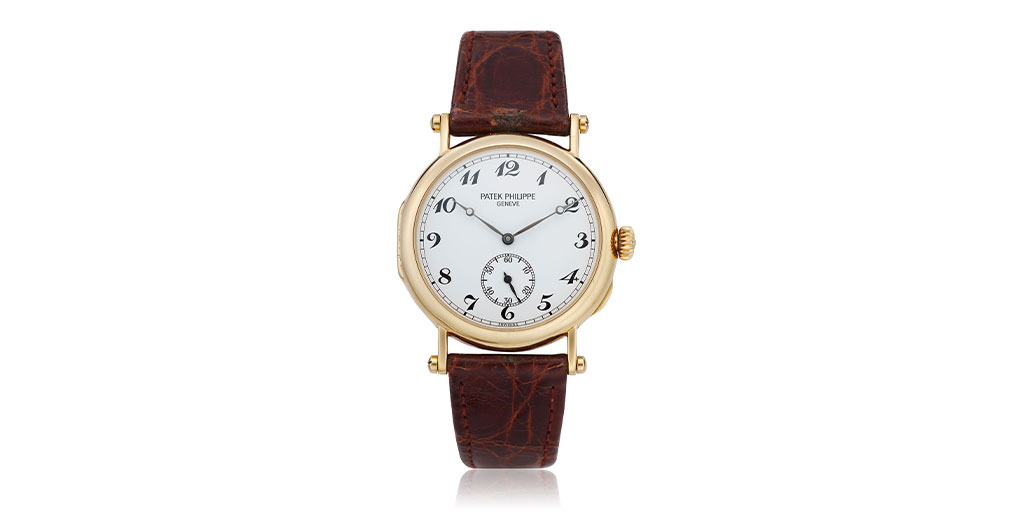
These timepieces are formed from the finest pedigree of raw materials, expertly finished, and intended to be worn – not stored in vaults and forgotten. Every gear and spring are sculpted for ease of wear. Nothing is overlooked. The number of parts within a movement can range from two hundred to well over a thousand parts, and they must be slim for a svelte fit without signs of fragility. This takes exceptional skill. It would be simpler to layer chunky componentry together, but where’s the difficulty in that? Instead, Patek Philippe takes a path of excruciating calculation and testing to determine the best quality of each component for graceful wearability. So, what you have in the end is an art piece for the wrist that is built to outlive us all. To maintain these manufacturing principles for almost two hundred years demands tremendous fortitude.
All Patek Philippe timepieces are adored equally. With a portfolio of classically Bauhaus time-only styles, rare handcraft treatments, and chiming grand complicated models, each timepiece is equally loved. There are no inferior watches, regardless of their complexities. Their distinct qualities embody one of the many arts within the manufacture’s toolbox. This means representing the brand cannot be done with one model type alone and requires the breadth of the collection.
Patek Philippe strives to open new clients’ eyes to these tasty details, and not everyone reaches this level of admiration, but my god, it’s beautiful when it happens. It widens the collecting circle, making it more inviting. No matter what model(s) you own, all are welcome. It makes this world more alive, and I like to think that I played a small part in advancing this culture.
No one is bigger than the brand. As an ad-man, you might expect me to test the brand’s posture on advertising and endorsements. I savored the challenge of new business pitches. Looking for holes in an existing strategy to pitch a punchier alternative. When I attempted this chess match with Patek Philippe, I was checkmated in two moves. It was clear that this brand attained something so impossibly rare. All conventional rules do not apply. Yes, there’s a practical reason for minimal advertising, but its stance on endorsements is utterly powerful. In a world that fawns over celebrities of all types, this manufacture’s position speaks more than any celebrity could while wearing its watches. Requests from suitors are politely declined. If a celebrity is wearing a Patek Philippe on the red carpet or in a movie, it’s a watch they personally own. No one is bigger than the brand.
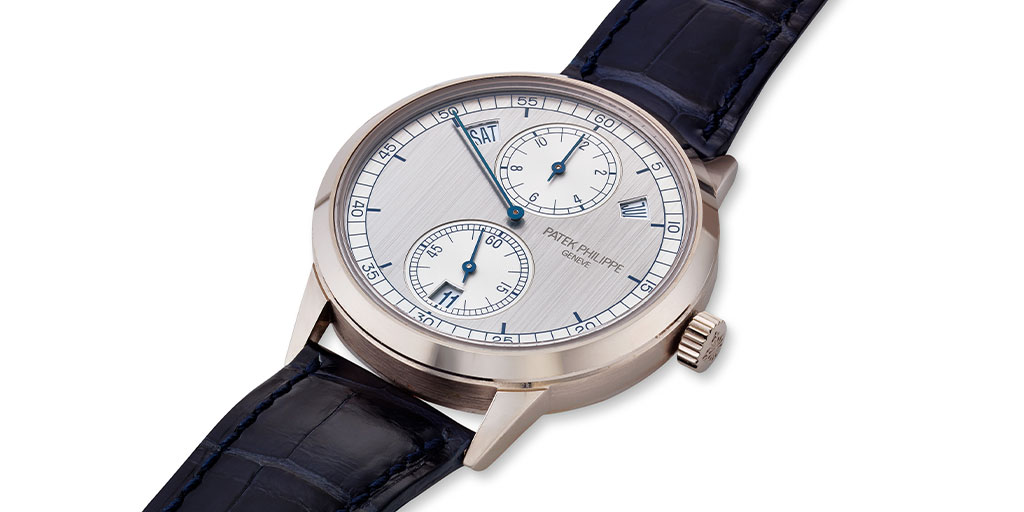
I recall launching the Instagram channel; it was not a decision made lightly. It was analyzed from every angle and determined that it could provide healthy visibility to future generations. The execution, however, would be different from all other luxury brands and feels “Patek Philippe” in every way. It’s elegantly done, and I highly encourage you to follow them.
Lead with class. Patek Philippe molded me into a horological enthusiast and a lover of watches.
Working for a manufacture that crafts mechanical devices with celestial displays and astronomical indications by hand, I fell under the spell of horology. These are otherworldly timekeeping functions. I swiftly became fascinated with the history of timekeeping and found beauty in various historical watches and clocks, including those produced by other respected makers. My time at the museum in Geneva fueled this well-rounded view. I learned to respect outside philosophies that differed from those of our own. Interestingly, the more I studied the works beyond our walls, the closer I felt to Patek Philippe. The saying rings true that “all roads lead home.”
Something that would occur frequently in my travels is that retailers and customers would apologize if they weren’t wearing one of our watches. Perhaps another brand would have responded differently – I can’t say with any degree of certainty, but I was trained to not be offended by this. I would brush aside their apology while encouraging them to share the story behind their watch because I learned to enjoy these stories. This is the way for the brand associates to behave. Projecting this confidence as someone who spent time in the advertising field, represents a level of class that is impossible to find anywhere else. I still carry myself this way, and yes, people still shy away from showing me their non-Patek Philippe timepieces!
Be prepared. The watchmaking enterprise in Switzerland has had to pivot more times than a figure skater throughout its history for survival. From competing with the French and the English for supremacy in Europe; to rescuing their business in the USA when the American factory system began sweeping it out from under them; and even The Watchmaking Guild of Geneva created the Geneva Seal as an armor against counterfeit products. It has survived economic depressions, world wars, and then the greatest threat to date – the quartz crisis.
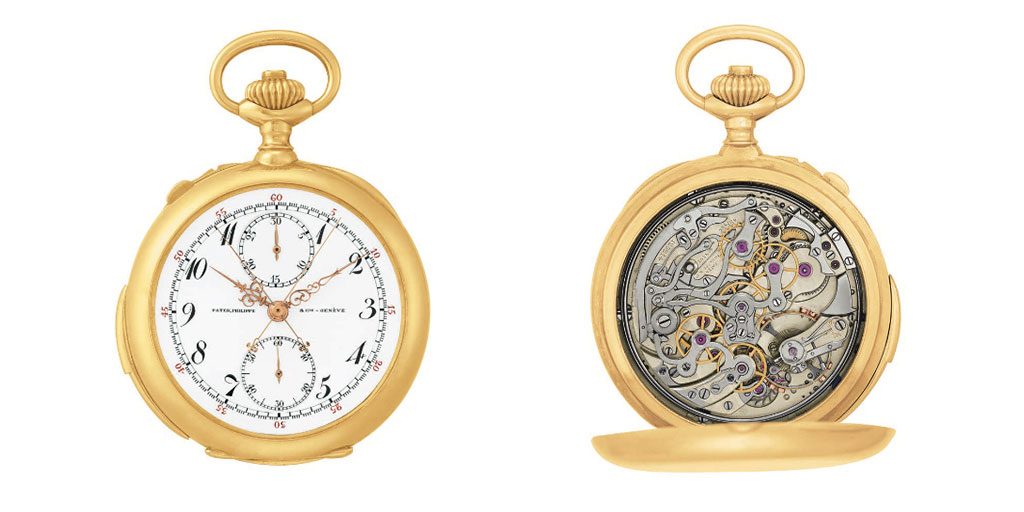
This history may be well known to many of Collectability’s readers, and I can tell you that it’s remembered within the walls of Patek Philippe. Antoine Norbert de Patek’s surviving travel diary reveals a man who proceeded cautiously in developing the company. His cautionary tone is an enduring influence that intensifies every time the global economy signals turbulence. It’s shaped every fiber within the company’s structure to withstand contractions and meltdowns and has demonstrated incredible resilience. This security is a beautiful thing when you’re a part of it. Thierry Stern recognizes that his workforce relies on him; it’s a heavy responsibility that may have kept him up at night in recent years. He remains vigilant of threats and prepared to steer the company cleanly through them. Because of this, the next lesson comes very naturally.
Above all – be humble. There is no room for arrogance in an organization led by Mr. Stern. Despite soaring secondary values, record-setting auction results, and an overflowing order bank, he eliminates arrogance and complacency within the ranks. His consistent message is to learn from history and acknowledge that the mechanized watch trade as a whole can disappear. Take nothing for granted and find ways to improve. I’m not in the habit of quoting Thierry Stern, but he often says, “We are not perfect.” This healthy level of concern is necessary to safeguard the brand, and has been ingrained in me from the top. Success pushes them harder and makes them reach higher for the next obstacle to overcome.
Customers first. Always. I want to close with a meaningful detail that flies under the radar. It’s rooted in gratitude and appreciation to you, the collector. Much of my day-to-day was explaining that “we don’t have the product on hand.” This can frustrate interested buyers, especially those early in their Patek Philippe journey. We live in a world where luxury products appear more available than they should – or perhaps the term “luxury” is simply used too broadly. The reality is that crafting timepieces of this caliber by human hands that are expected to be as near perfect as possible takes considerable time. Couple that with rising demand, and you collide with a supply imbalance. This leaves the Stern family to invent ways of putting the customer first. For example, strict employee watch purchasing guidelines have been in place for many years; employees cannot purchase a new model before a client. Decisions like this make looking collectors in the eye much easier while explaining the supply dilemma. For that, I respect this protocol.
Final thoughts
I remain passionate about presenting Patek Philippe for the brand’s greater good. It is an honor to share some insider perspectives on the mighty heritage and traditions to pull you closer to your existing collection and timepieces you’ll obtain in the future. There’s so much more to the story, and the patrons who become lifelong collectors appreciate a peek inside the minds of the few who roamed those coveted hallways. Throughout my time, I knotted my necktie, laced up my dress shoes, and buttoned my suit jacket every morning with pride. I feel honored and blessed to have been a part of it, and it will always be home to me.
Collectability thanks Michael A. Fratangelo, Founder of The Thoughtful Collector for sharing his memories and life lessons learned from his time with Patek Philippe in New York.
January 2024



